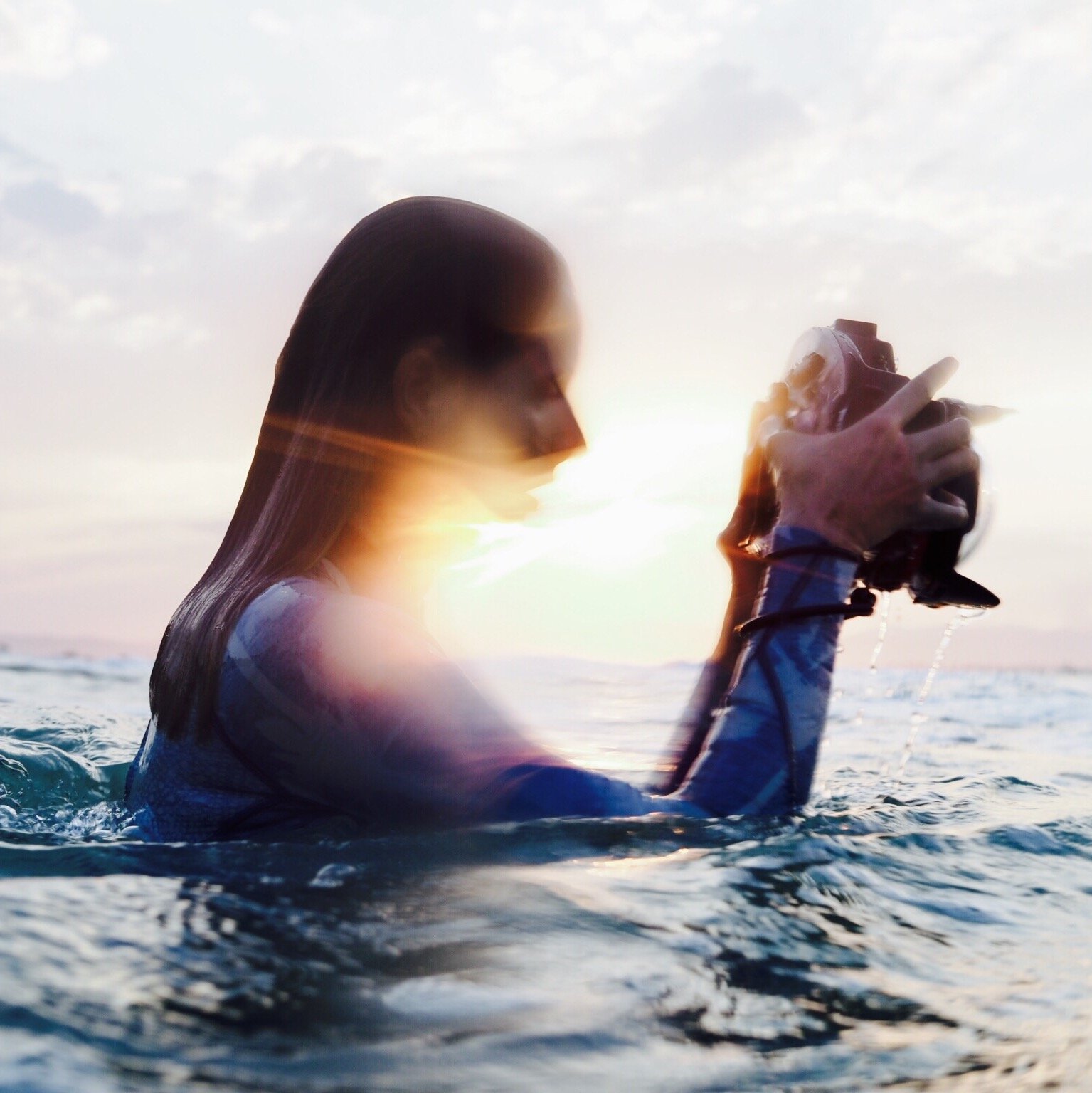
Michaela Skovranova
I first moved to Australia from a landlocked country when I was 13.
All of a sudden, I was surrounded by what felt like endless oceans. The ocean was intimidating, powerful and incredibly beautiful. It completely enchanted me.
Now, I’m a photographer specialising in the oceans, and the Great Australian Bight is our wild, uncompromising, underwater backyard. It’s a place where dragons live and thousands of cuttlefish aggregate to breed. It’s home to the puppies of the sea – the endangered sea lions – and a highway for the largest animal in the world.
Many of these creatures that call the Bight home use sound as their primary source of communication.
Oil drilling and seismic blasts could silence these sounds, which is why I’ve joined the fight to keep Norwegian oil company Statoil out of the Bight.
Here are five of my favourite images from my exploration of one of the most biodiverse ecosystems in the world.
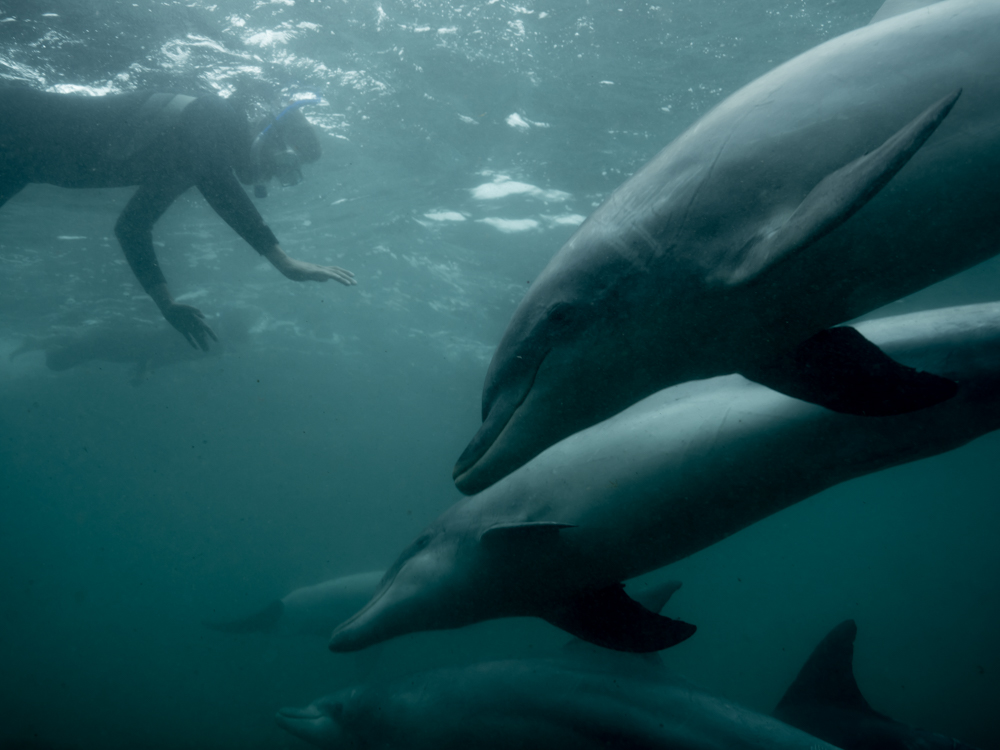
Swimming with dolphins at Baird Bay, South Australia
This shot was taken with a local couple who have been offering tours in the region for 26 years.
They know the dolphin pod intimately, and it’s an absolute privilege to be able to enjoy the ocean with them and these beautiful animals. Dolphins maintain an intricate social network. They hunt together and use sound to communicate. Scientists believe bottlenose dolphins even develop a signature whistle that is used like a name.
Unfortunately, seismic blasts that oil companies use to locate oil and gas in deepwater are so powerful they can cause permanent hearing loss to dolphins.
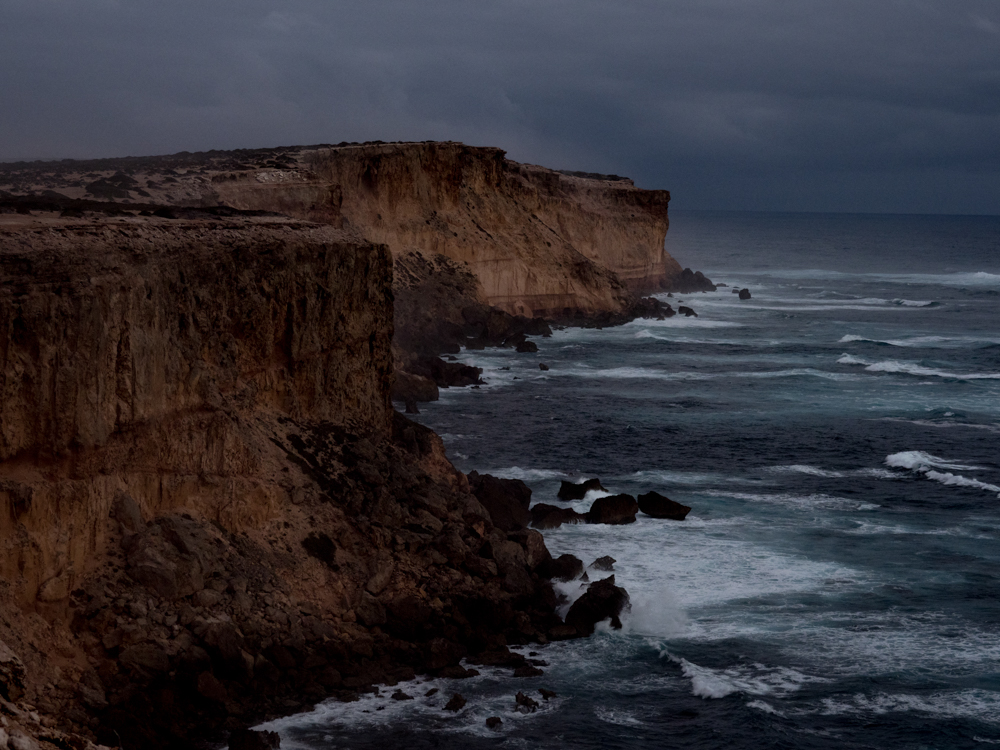
Point Labatt Conservation Park lookout
Point Labatt Lookout is the only place on the mainland where Australian seal pups can be seen learning to swim, play and rest.
Sea lions have special breeding habits. Their mothers return to their place of birth to give birth to their pups, making generations of sea lions and their babies extremely reliant on the healthy ecosystem of their birth place. Their breeding sites are fragile environments that are sensitive to human disturbances.
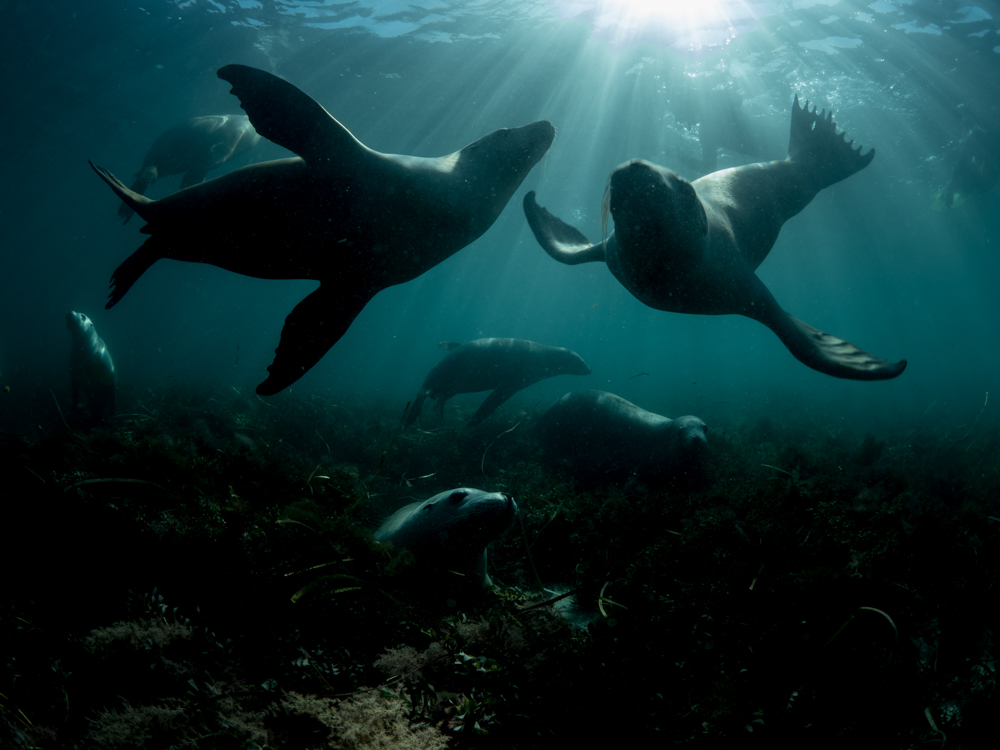
Sea Lions at Hopkins Island
There are not many places in the world where you can experience nature in this way. The rare Australian Sea Lions are the most inquisitive creatures I have ever interacted with. They are playful, curious, wild and they just explode with energy and excitement. There is so much wonder in their eyes. They love to interact with each other and are curious about us humans too.
Sharing the ocean with them is a beautiful way to learn about them and our impact on their home.
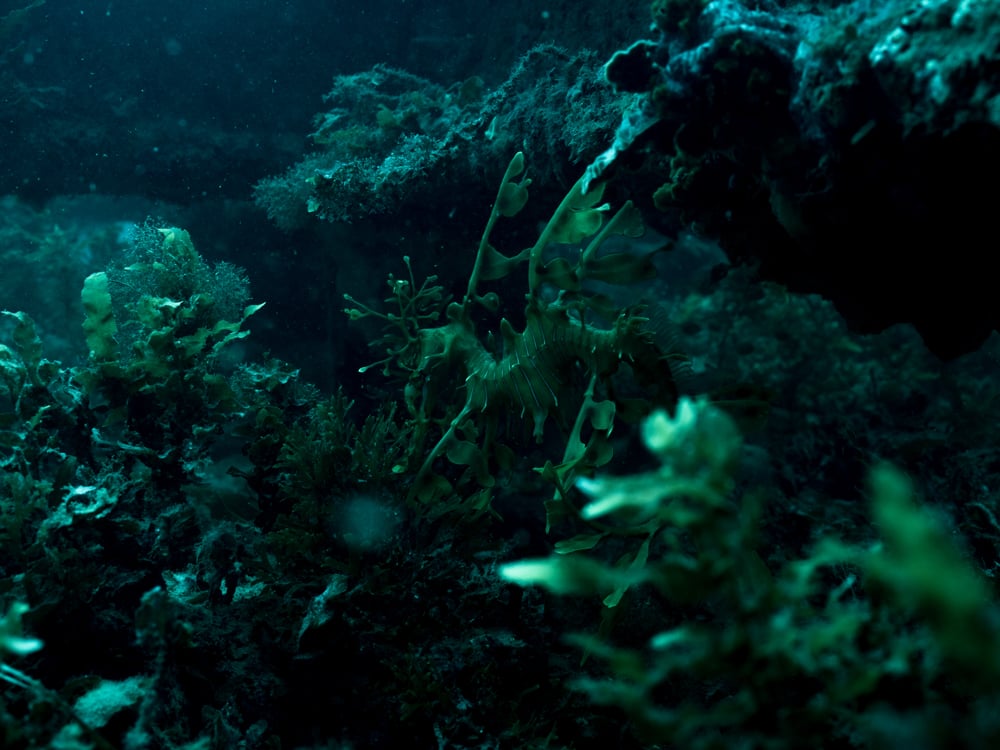
Leafy Sea Dragon, Rapid bay
Just a few metres underwater, a dragon lives exquisitely camouflaged amongst the sea grass.
The leafy sea dragons are only found in Southern Australian waters, where they use their camouflage to hunt and avoid predators. Despite adults being around 20 cm long, they hide effortlessly amongst the seagrass. They are so complex and yet almost invisible.
The species has unfortunately become endangered through pollution and industrial runoff, but there are still a few special places left in the wild where you might get to see a real- life dragon.
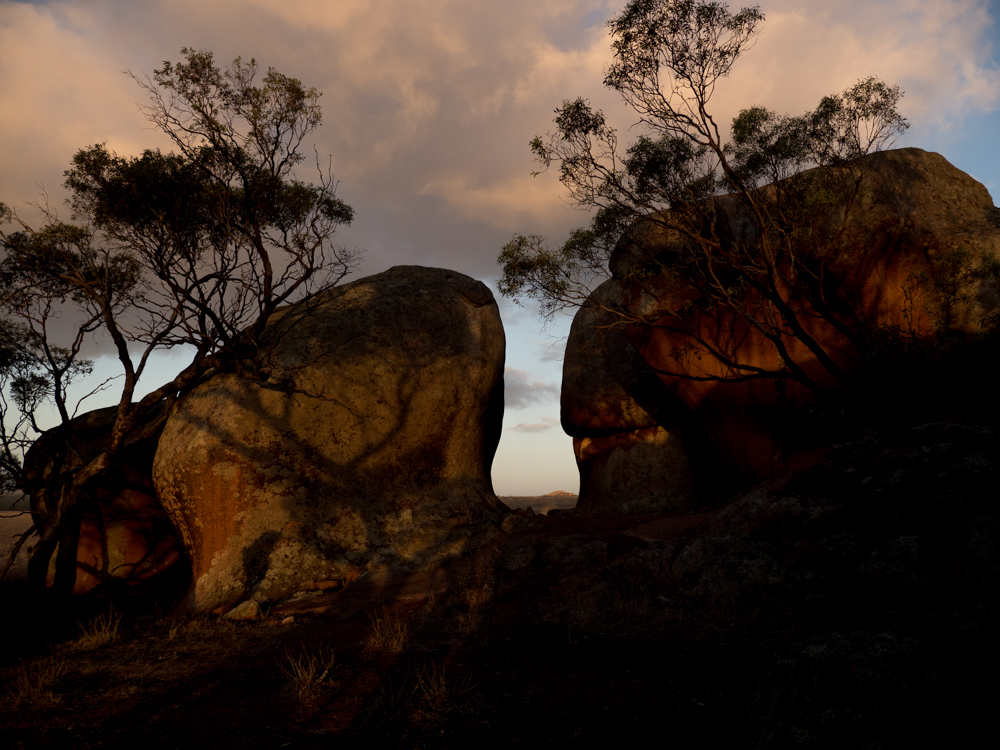
Murphy’s Haystacks are a group of ancient, wind-worn rock of pink granite located between Streaky Bay and Port Kenny on the Eyre Peninsula in South Australia
One of my favourite places on the Peninsula is Murphy’s Hay Stacks. I love the light, colour and warmth of the rocks. The process that created Murphy’s Haystacks began around 1,500 million years ago. Boiling magma filled crevices below the earth’s surface and then cooled, laying down a granite base which gives them the beautiful colour.
They retain the warmth of the sun as it sets behind them, and they remind me of the rich history of this land.
